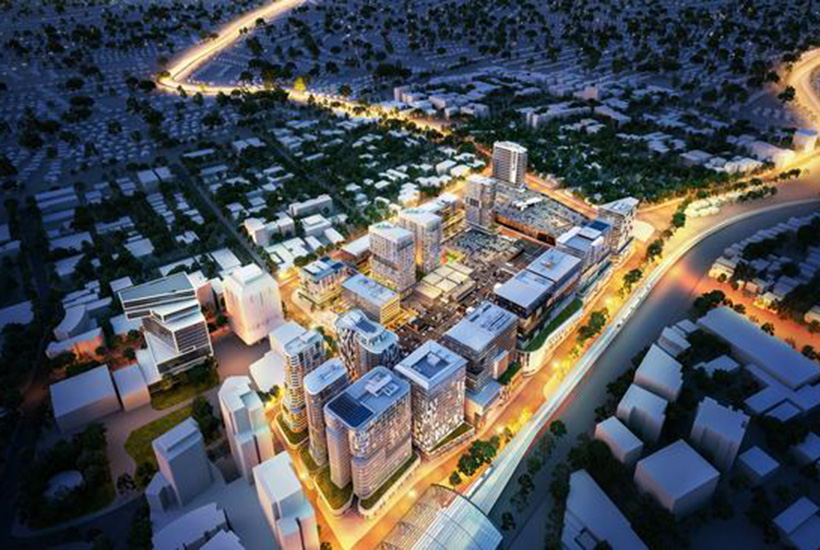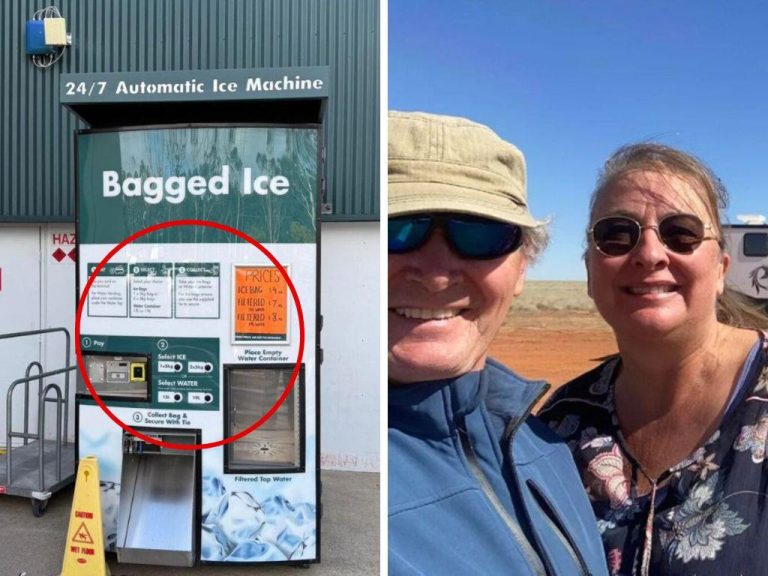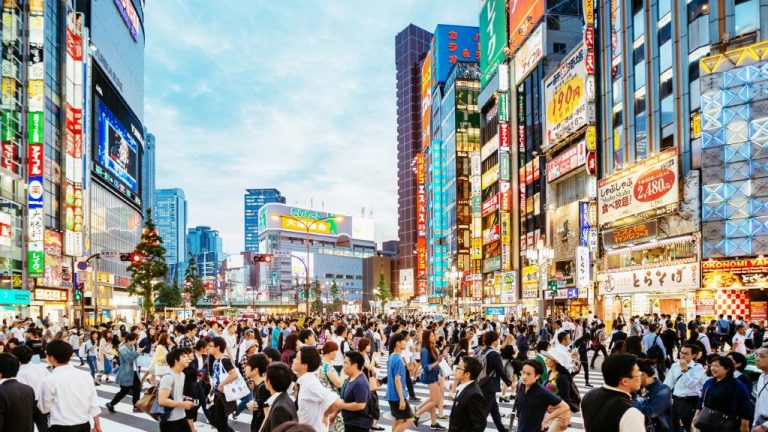Shopping centres pivot to mixed-use in wake of pandemic

The future of shopping centres is again in the spotlight as the coronavirus pandemic flares in parts of Melbourne, but large shopping centre owners are not putting the crisis to waste.
They are instead offering mixed-use schemes as a way of getting through the pandemic and trying to reposition their assets for an expected switch to back to local living as people avoid the CBDs.
In one of the latest plays, listed shopping centre owner Vicinity Centres has lodged precinct-sized plans to overhaul its ageing centre in the western Sydney suburb of Bankstown.
With co-owner, financial services company Challenger, it wants to transform an 11.4ha holdings in the middle of Bankstown into a high-rise, mixed-use urban development which is so large it is likely to take on partners in coming years. The company is not alone in undertaking a mega-redevelopment of a mall in Sydney’s suburbs. Funds giant QIC has already opened the first stages of what it hopes will become a $1bn expansion around its Castle Towers shopping mall in the northwestern Hills District.
The Bankstown site in the city’s southwest could rival these plans, with a 30-year vision for towers that will be occupied by up to 8400 workers, 3500 residents and 1800 students.
While the end date of 2050 for a bevy of offices, a hotel, serviced apartments, student accommodation, and apartments is distant, Vicinity is hoping for a good reception as it could start on initial works shortly after winning approvals for a first stage next year.
All up, there would be 300,000sqm of buildings added to Bankstown Central’s existing footprint across 16 development sites, with staging aligned to market demand. Vicinity chief development officer Carolyn Viney says the plans benefit from a bus interchange onsite, Bankstown train station, a future T3 metro station, and Western Sydney University’s new campus being nearby.
“Our vision embraces growing consumer preferences for hyper-local living and a desire to live, work and play close to home,” Viney says in a nod to changing workplace patterns in the wake of the pandemic.
The coronavirus has also driven a rethink about once maligned suburbs, with Ms Viney saying people are now taking to “local living”. “People are staying closer to home in a neighbourhood and embracing the neighbourhood,” she says, noting the current aversion to using public transport.
Viney says that shopping centres are also responding to longer-term consumer preferences in how people want to work, live and play. She says people are becoming more comfortable working in office hubs in suburbs and living near, or even above, shopping centres as they chase “neighbourhood convenience … as opposed to simply relying on the CBD”.
The first two development applications include two office buildings worth $222 million and new cafes and restaurants. The works will create 400 direct and indirect jobs during building and there will be up to 8400 new jobs in the precinct once it is finished.
The developers are riding a wave of demand as Bankstown town centre has been identified as a strategic centre along with the larger city of Parramatta.
Viney draws a parallel between shopping centres of the 1960s and their overhaul into new uses as infrastructure reshaped larger cities. The key is using surplus land around centres to make use of increasing height limits that will allow low-rise centres to be turned into much higher complexes in coming years.
This article originally appeared on www.theaustralian.com.au/property.







